 |

|
|
|
|
|
 |
|
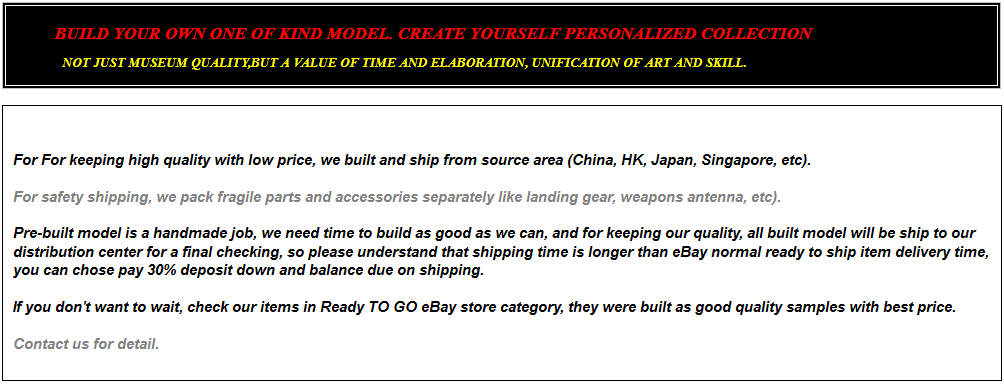 |
|

|
| Item Name:
|
.Suzuki GSX1100S Katana High Performance Sports Motorcycle
|
| Kits |
.Tamiya
|
|
Scale: |
.1:6
|
| Builder: | .Wing
| | Item Status: | .Built To Order / Pre-Order
| | 
| Detail features:
Award winner built Suzuki GSX1100S with top building quality. Large 1/6 size with beautiful silver color scheme. The sharp-edged form of the GSX1100S legendary bike is captured with great accuracy. Outstanding details throughout whole model and very high standard accuracy on every individual part. Front fork includes metal parts with a beautiful surface finish, plus inbuilt coil springs. A sumptuous rendering of the DOHC 4-cylinder engine features metal plated parts aplenty, with recreations of details such as carburetor. Utilizes a sprung, die-cast side stand. Add on lot`s metal parts, rubber wheel, rebuilt many parts with more add on details.
* Top building quality with great details overall.
* Designer in Germany, Hans-Hartmut hand style.
* A form of radical vehicle front cowl was reproduced offers removal even after completion.
* Plentiful Metal Parts including spring, bolt and more.
* Front and rear fork made of metal, enough strength and features beautiful plating.
* Built in metal coil spring operate smoothly.
* Return spring also about the side-stand made of die-cast and enough strength and mobility.
* Air-cooled DOHC four-cylinder engine in chrome texture enough excitement to the carburetor, along with mechanical mood.
* The blinkers and the taillight are accurately reproduced with transparent orange and red parts.
* Star cast wheel shape sharp heck reproduced in molded parts.
* Allowing the strong die-cast side stand to move is the included return spring.
* The seat is produced with a realistic plastic material.
* Steerable front wheel.
* Bike stand included.
Airbrushed and painted. Buffing and sanding to remove mold seam. Base color with primer and putty for better surface detail. Wash to enhance the surface detail increase the appearance of depth including engine, bolt head and more. Brushing to emphasis and highlighting texture with edge. Polish chrome parts and polish all glossy body parts for realistic effects. Beautiful decals and markings. Three coats shining paint works and apply three layer of clear coat and more on real life finishing.
Discontinued high priced kit, price may differ when you order, switch to other version or models if you want lower your cost, and keep in mind, we can build any bike kits.

 |
2993
| | | |

|
 |
 |
| 1
Dream Works Hobby |
 |
| 2
Dream Works Hobby |
 |
| 3
Dream Works Hobby |
 |
| 4
Dream Works Hobby |
 |
| 5
Dream Works Hobby |
 |
| 6
Dream Works Hobby |
 |
| 7
Dream Works Hobby |
 |
| 8
Dream Works Hobby |
 |
| 9
Dream Works Hobby |
 |
| 10
Dream Works Hobby |
 |
| 11
Dream Works Hobby |
 |
| 12
Dream Works Hobby |
 |
| 13
Dream Works Hobby |
 |
| 14
Dream Works Hobby |
 |
| 15
Dream Works Hobby |
 |
| 16
Dream Works Hobby |
 |
| 17
Dream Works Hobby |
 |
| 18
Dream Works Hobby |
 |
| 19
Dream Works Hobby |
 |
| 20
Dream Works Hobby |
 |
| 21
Dream Works Hobby |
 |
| 22
Dream Works Hobby |
 |
| 23
Dream Works Hobby |
 |
| 24
Dream Works Hobby |
 |
| 25
Dream Works Hobby |
 |
| 26
Dream Works Hobby |
 |
| 27
Dream Works Hobby |
 |
| 28
Dream Works Hobby |
 |
| 29
Dream Works Hobby |
 |
| 30
Dream Works Hobby |
 |
| 31
Dream Works Hobby |
 |
| 32
Dream Works Hobby |
|
 |
The Suzuki Katana is a standard motorcycle sold between 1981 and 2006 and then since 2019. It was designed in 1979–1980 by Target Design of Germany for Suzuki.
The Katana name was later applied to a range of sport touring motorcycles in North America through the 2006 model year (also offered in Europe but without the Katana moniker), and starting at the change of the millennium to a line of 49 cc/50 cc scooters in Europe.
The Katana`s design started when Suzuki hired Hans Muth, ex-chief of styling for BMW, to update the company`s image. The three-man Target Design team consisted of Muth, Jan Fellstrom and Hans-Georg Kasten. Kasten was still with Target Design as of 2003.
The design worked through several variations, with the public being allowed to see the ED1 and ED2 versions. This original design was a 650 cc (40 cu in) model called the ED-1 (European Design 1). The unfaired ED1 design featured a tall sculpted fuel tank with both curves and straight edges that merged fuel tank with a lower stepped seat and side panels. This meant the rider sat into the motorcycle, rather than on it, as was the norm. The ED1 design would be modified for production as the 8-valve GS650G Katana. The shark-like faired ED2 was a more radical design which incorporated favorable aerodynamics, with a special emphasis placed on high-speed stability, and was repeatedly wind-tunnel tested in Italy. The same generalized design forms had already been used early in 1979 for a one-off MV Agusta from the same design team, this proto never saw production. The ED2 design would form the prototype for the larger 16-valve 1100, 1000, and 750 GSX-S (GS-S)
The production 16-valve Katanas of 1981 differed only slightly from the prototype; changes included a small wind deflector screen, paired mufflers, and black accent paint on the front fender and air box covers. Target`s design philosophy - keeping components compact and close-fitting - was applied to all areas of the bike`s design to reduce production costs, weight, and number of components required. Examples include the overlapping dials on the instrument cluster, and the offset petrol filler which allowed for a clean continuous seam weld on the tank.
In late 1980 when the GSX1100S Katana hit the street, it was claimed by Suzuki to be the fastest mass-production motorcycle in the world, ensuring the new looks were matched by unprecedented performance levels. So radical was the design departure from previous mass-market cycles that most major motorcycle magazines of the era thought the design would not appeal to the masses.[citation needed] Nevertheless, it was a sales success, and the motorcycle had a lasting impact on motorcycle design. Portions of the design ethos are still visible in many current sport motorcycles, including the faired-in aspects of both the seat and the tank.
In 1980 at Intermot, the Cologne motor show, came the ED-2, an 1,100 cc (67 cu in) version based on the Suzuki GS 1100.
| |
 |
 |
 |
 |
 |
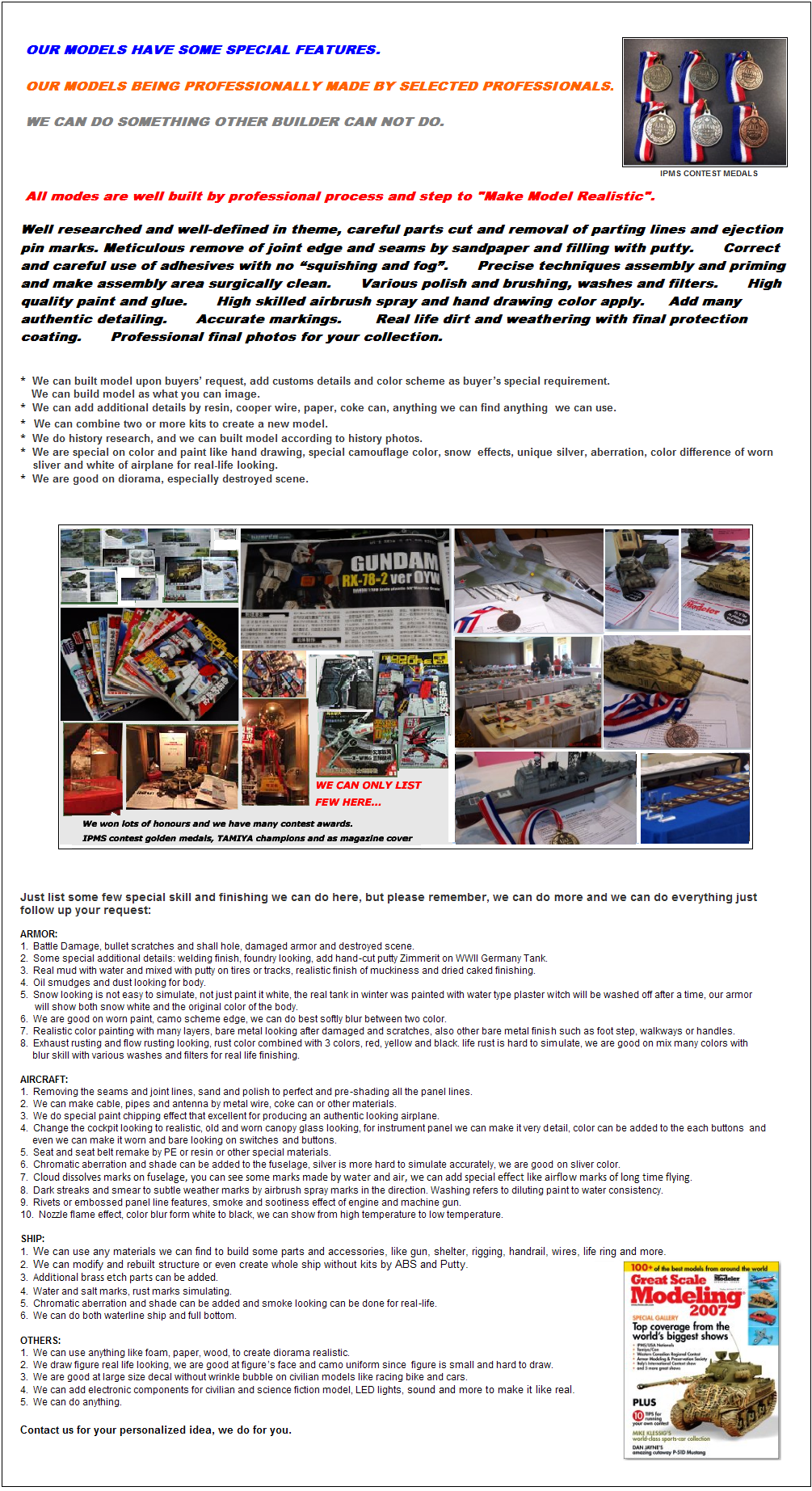
|
 |
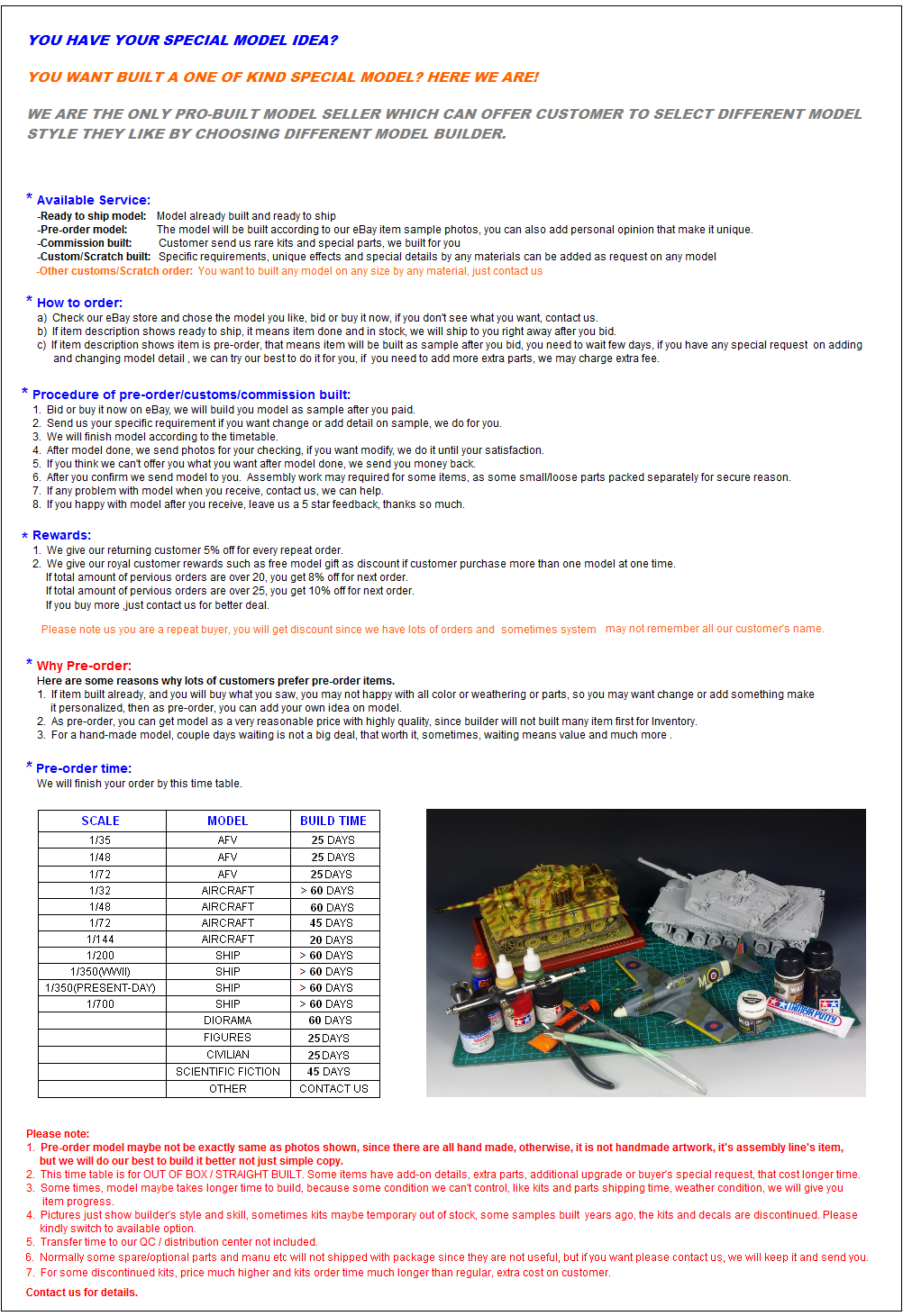 |
 |
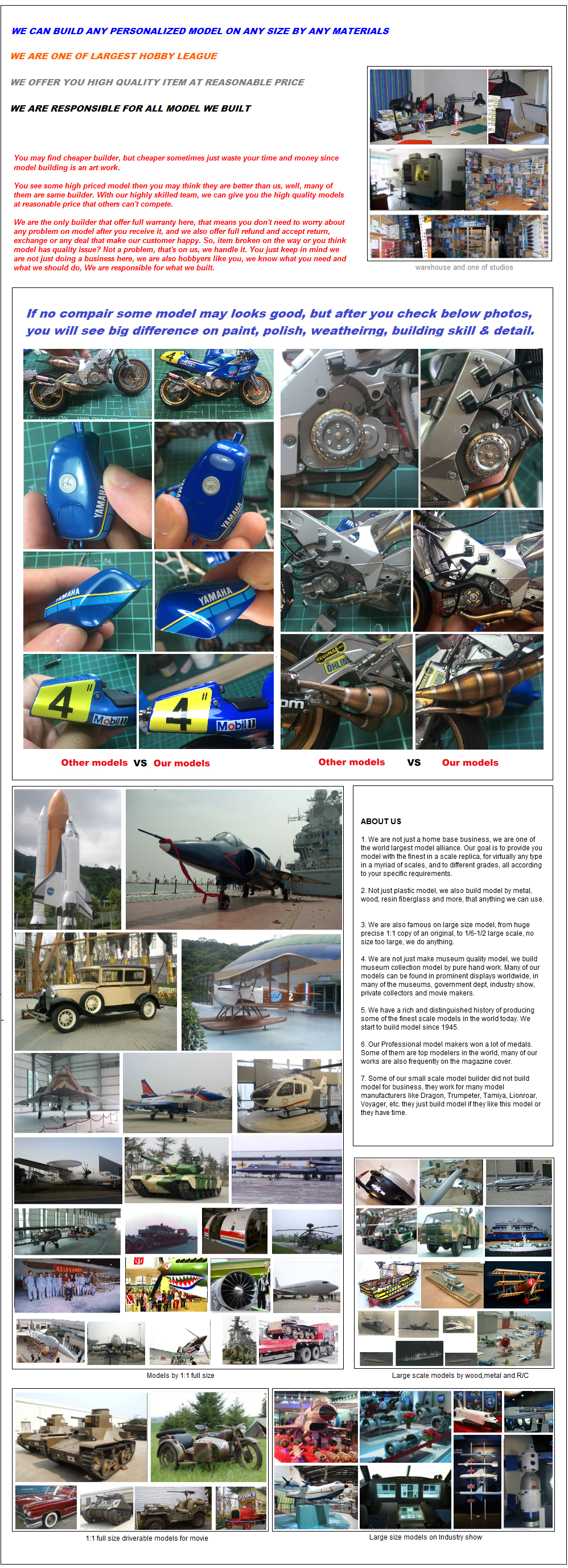 |
 |

|
 |
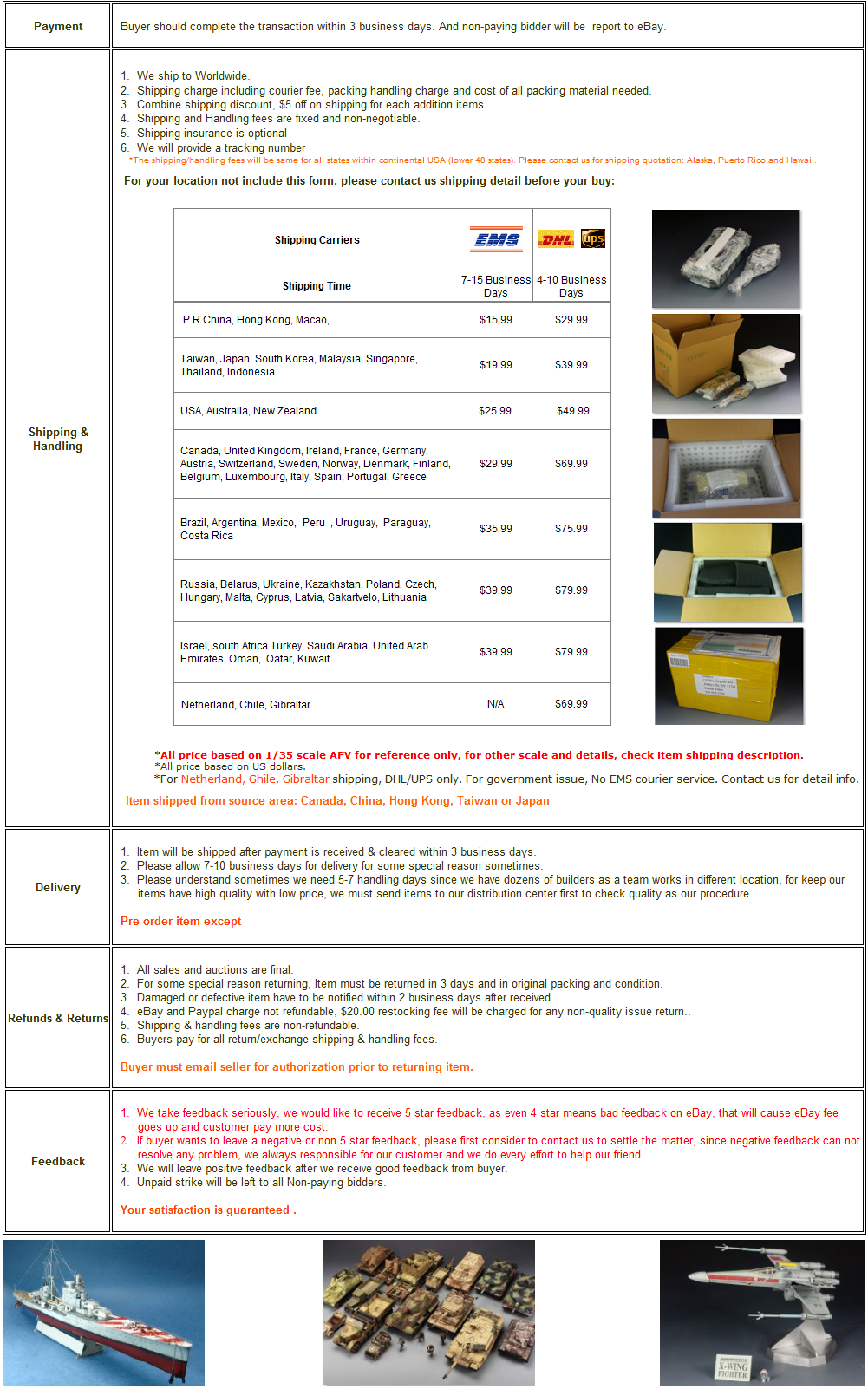
|
 |
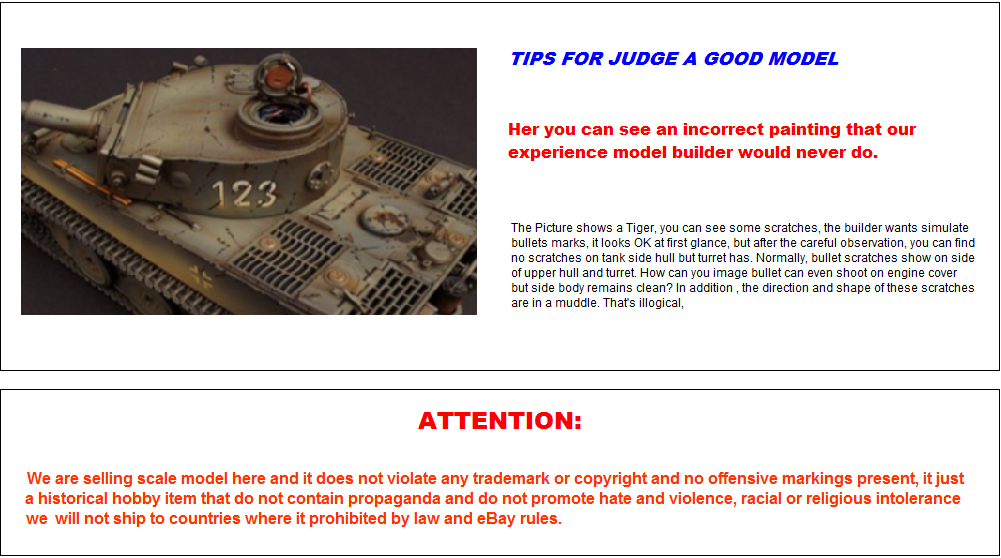
|
 | |